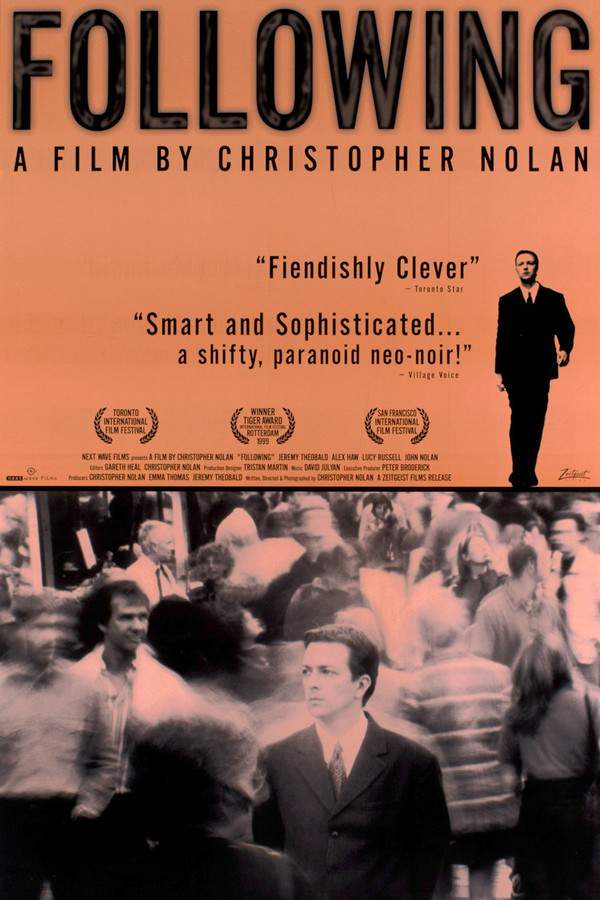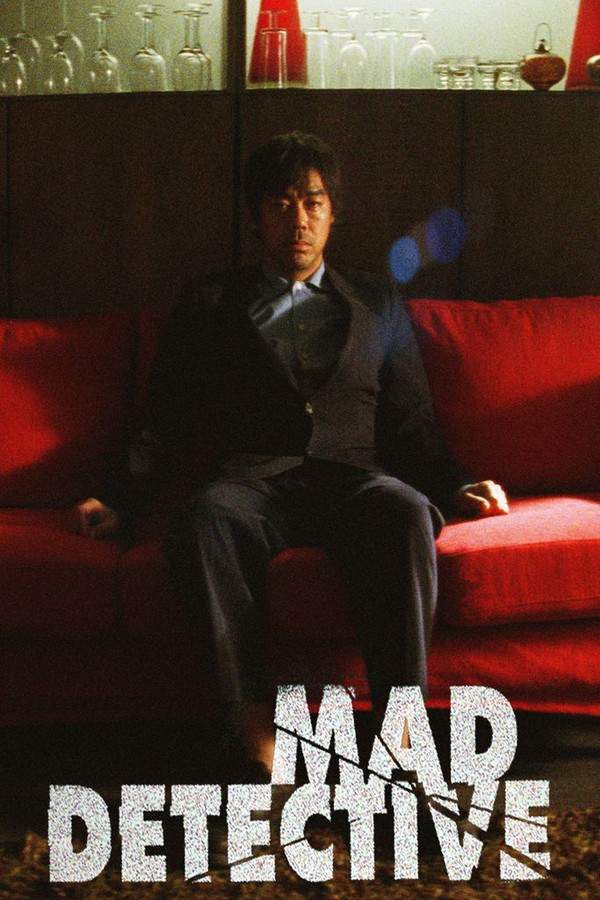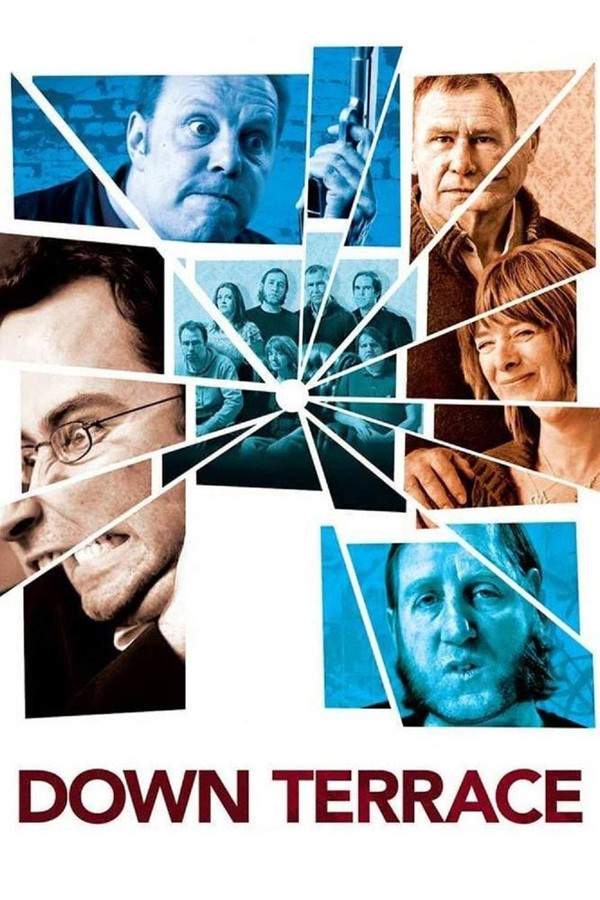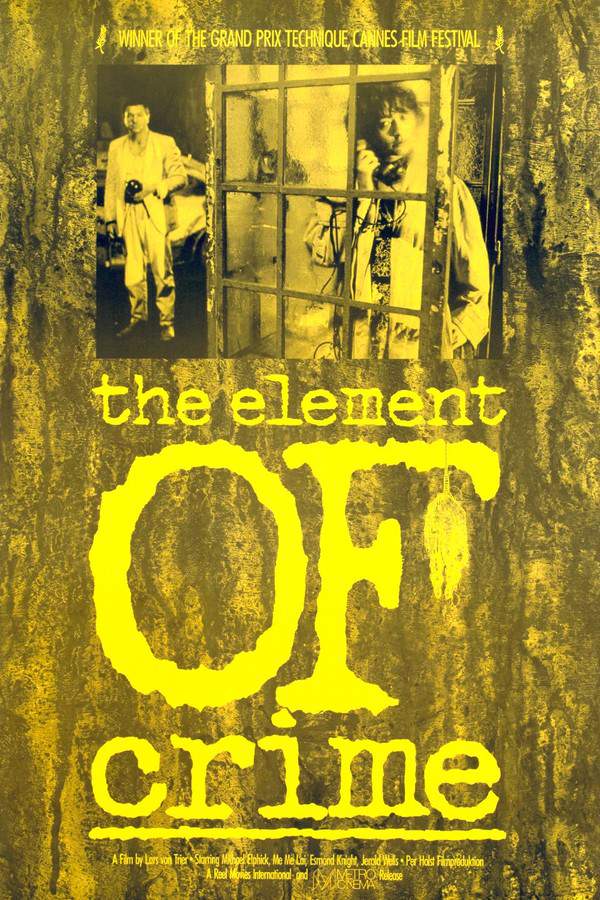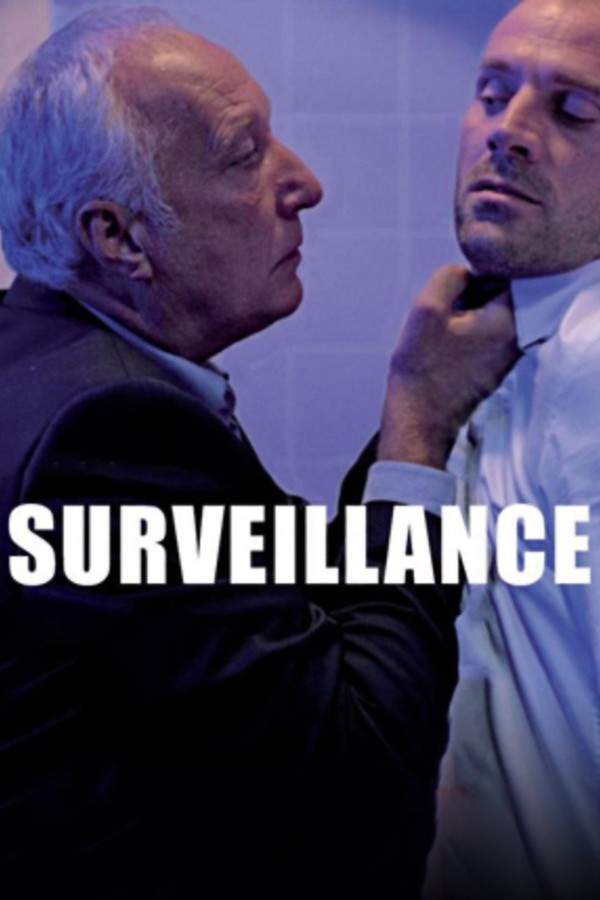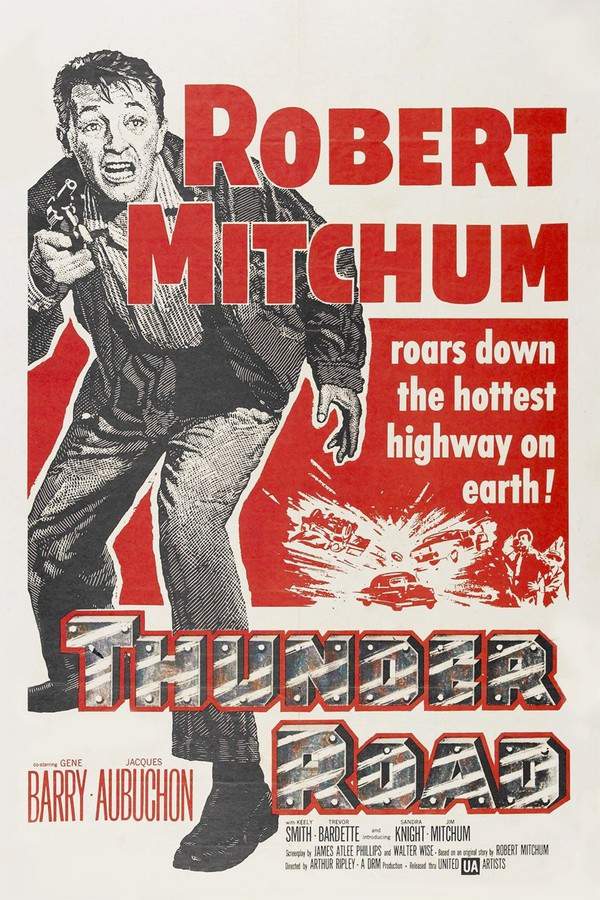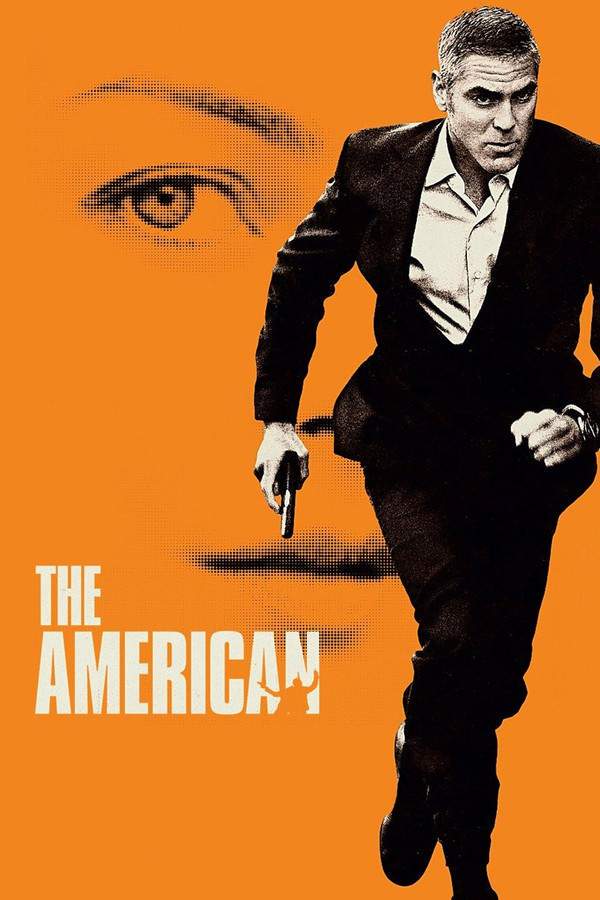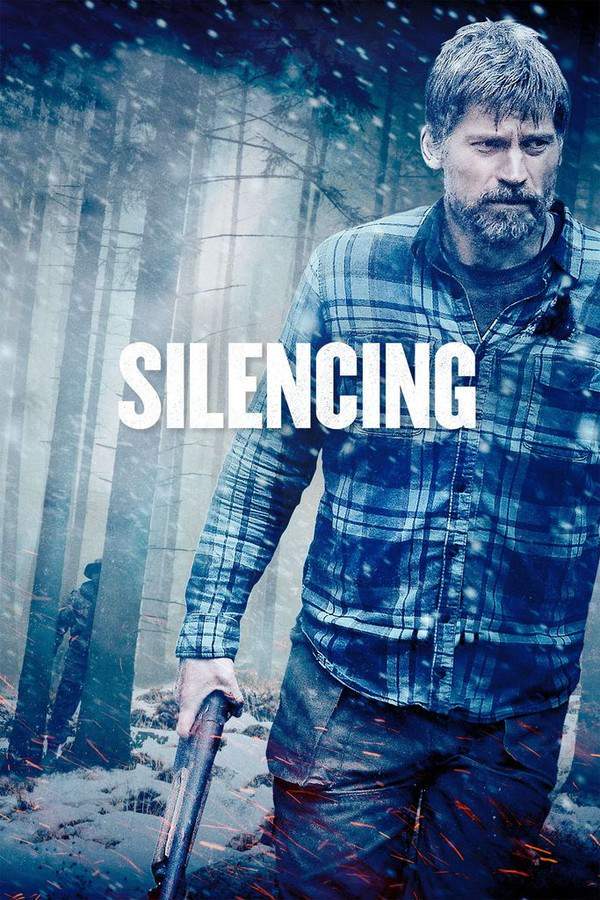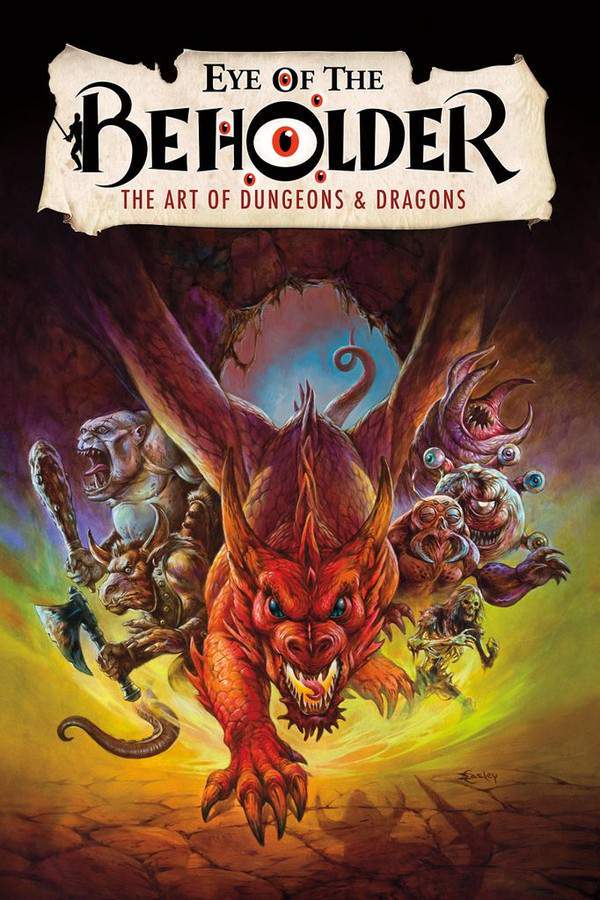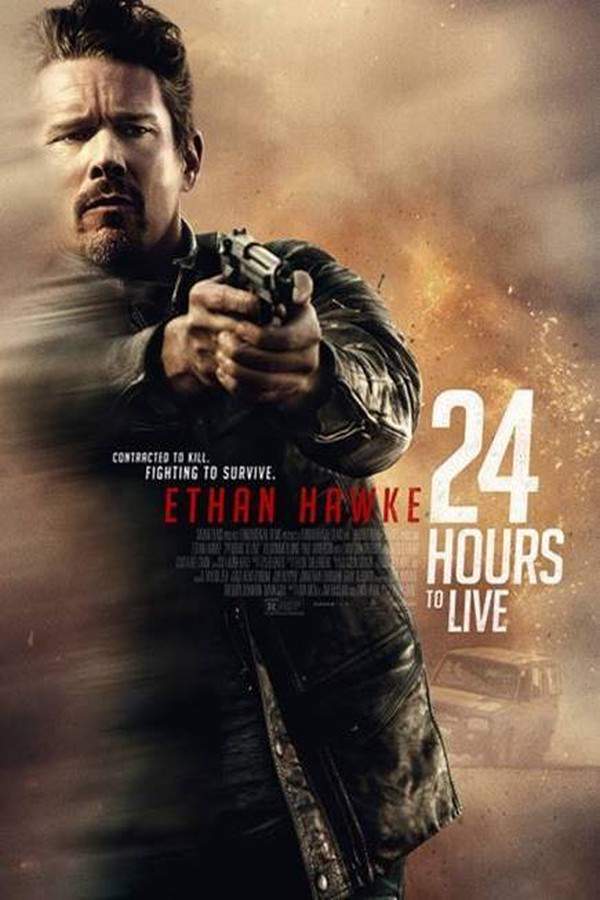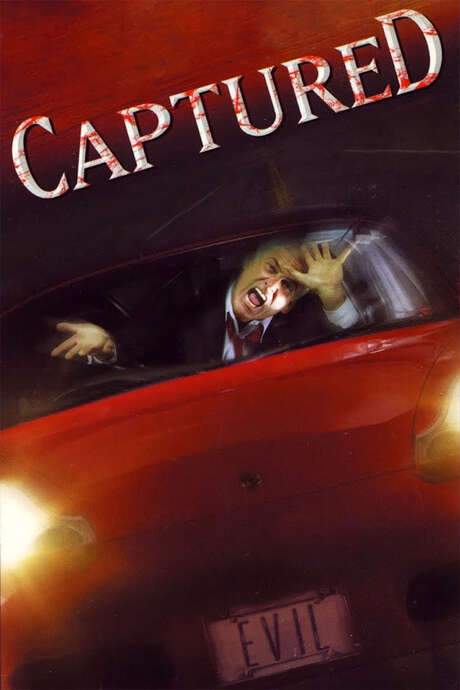
The Man Who Watched Trains Go By
Year: 1952
Runtime: 82 mins
Language: English
Director: Harold French
A relentless suspense thriller follows a Dutch company’s owner who deliberately drives his business into bankruptcy, destroys the incriminating ledgers and intends to flee to Paris with the remaining funds. His accountant, however, witnesses the act, confronts him and forces a dramatic reversal of power, turning the tables on the desperate entrepreneur.
Warning: spoilers below!
Haven’t seen The Man Who Watched Trains Go By yet? This summary contains major spoilers. Bookmark the page, watch the movie, and come back for the full breakdown. If you're ready, scroll on and relive the story!
Timeline & Setting – The Man Who Watched Trains Go By (1952)
Explore the full timeline and setting of The Man Who Watched Trains Go By (1952). Follow every major event in chronological order and see how the environment shapes the story, characters, and dramatic tension.
Last Updated: August 19, 2025 at 04:52
Main Characters – The Man Who Watched Trains Go By (1952)
Meet the key characters of The Man Who Watched Trains Go By (1952), with detailed profiles, motivations, and roles in the plot. Understand their emotional journeys and what they reveal about the film’s deeper themes.
Last Updated: August 19, 2025 at 04:52
Major Themes – The Man Who Watched Trains Go By (1952)
Explore the central themes of The Man Who Watched Trains Go By (1952), from psychological, social, and emotional dimensions to philosophical messages. Understand what the film is really saying beneath the surface.
Last Updated: August 19, 2025 at 04:52
Explore Movie Threads
Discover curated groups of movies connected by mood, themes, and story style. Browse collections built around emotion, atmosphere, and narrative focus to easily find films that match what you feel like watching right now.
Stories of criminal descent like The Man Who Watched Trains Go By
Ordinary lives unraveling into obsession, paranoia, and violent crime.If you liked the portrayal of a man's rapid moral decay in The Man Who Watched Trains Go By, explore more movies about ordinary people falling into criminal madness. These films share a dark tone, high intensity, and a heavy emotional weight as characters are consumed by their actions.
Narrative Summary
The narrative typically starts with a stable, if discontent, protagonist who commits a pivotal transgression. This act sets off a chain reaction of lies, violence, and paranoia, with the story charting their accelerating psychological unraveling against a backdrop of mounting external pressure, often from a pursuing authority.
Why These Movies?
These movies are grouped by their shared focus on a specific character arc: the swift and fatalistic descent of an ordinary person into a criminal state of mind. They prioritize psychological tension, moral ambiguity, and a bleak, often tragic, conclusion that underscores the heavy consequences of the protagonist's choices.
Fatalistic suspense thrillers similar to The Man Who Watched Trains Go By
High-stakes chases where doom feels inevitable from the start.Fans of the relentless, paranoid tension in The Man Who Watched Trains Go By will find similar gripping experiences here. These movies are defined by a dark tone, high intensity, and a sense of looming fate, perfect for viewers who enjoy thrillers where the suspense is thick and the ending is bleak.
Narrative Summary
The plot is a pressure cooker, often beginning after a point of no return. The protagonist is pursued—by law, circumstance, or their own guilt—through a series of tense set pieces. The narrative structure reinforces the feeling of an inescapable trap, with each narrow escape only tightening the noose.
Why These Movies?
They are united by a specific emotional mix: a constant state of high-tension suspense paired with a pervasive sense of fatalism. The enjoyment comes from the grim, anxious journey itself, rather than the hope of a positive resolution, making the atmosphere of dread a central feature.
Unlock the Full Story of The Man Who Watched Trains Go By
Don't stop at just watching — explore The Man Who Watched Trains Go By in full detail. From the complete plot summary and scene-by-scene timeline to character breakdowns, thematic analysis, and a deep dive into the ending — every page helps you truly understand what The Man Who Watched Trains Go By is all about. Plus, discover what's next after the movie.
The Man Who Watched Trains Go By Summary
Read a complete plot summary of The Man Who Watched Trains Go By, including all key story points, character arcs, and turning points. This in-depth recap is ideal for understanding the narrative structure or reviewing what happened in the movie.

The Man Who Watched Trains Go By Timeline
Track the full timeline of The Man Who Watched Trains Go By with every major event arranged chronologically. Perfect for decoding non-linear storytelling, flashbacks, or parallel narratives with a clear scene-by-scene breakdown.

The Man Who Watched Trains Go By Spoiler-Free Summary
Get a quick, spoiler-free overview of The Man Who Watched Trains Go By that covers the main plot points and key details without revealing any major twists or spoilers. Perfect for those who want to know what to expect before diving in.

More About The Man Who Watched Trains Go By
Visit What's After the Movie to explore more about The Man Who Watched Trains Go By: box office results, cast and crew info, production details, post-credit scenes, and external links — all in one place for movie fans and researchers.

Similar Movies to The Man Who Watched Trains Go By
Discover movies like The Man Who Watched Trains Go By that share similar genres, themes, and storytelling elements. Whether you’re drawn to the atmosphere, character arcs, or plot structure, these curated recommendations will help you explore more films you’ll love.
Explore More About Movie The Man Who Watched Trains Go By
The Man Who Watched Trains Go By (1952) Plot Summary & Movie Recap
The Man Who Watched Trains Go By (1952) Scene-by-Scene Movie Timeline
The Man Who Watched Trains Go By (1952) Spoiler-Free Summary & Key Flow
Movies Like The Man Who Watched Trains Go By – Similar Titles You’ll Enjoy
The Train: Some Lines Shoulder Never Be Crossed… (2007) Complete Plot Breakdown
The Man from London (2007) Complete Plot Breakdown
L’Homme aux yeux d’argent (1985) Plot Summary & Ending Explained
L’Homme aux yeux d’argent (1985) Plot Summary & Ending Explained
The Train (1970) Full Movie Breakdown
The Railroad Man (1956) Movie Recap & Themes
Money Train (1995) Story Summary & Characters
The Man Is Armed (1956) Plot Summary & Ending Explained
The London Man (1943) Movie Recap & Themes
The Running Man (1963) Movie Recap & Themes
The Man Inside (1958) Detailed Story Recap
A Man Betrayed (1936) Story Summary & Characters
The Man on the Eiffel Tower (1949) Full Movie Breakdown
Witness in the City (1959) Full Summary & Key Details
Elevator to the Gallows (1958) Movie Recap & Themes

